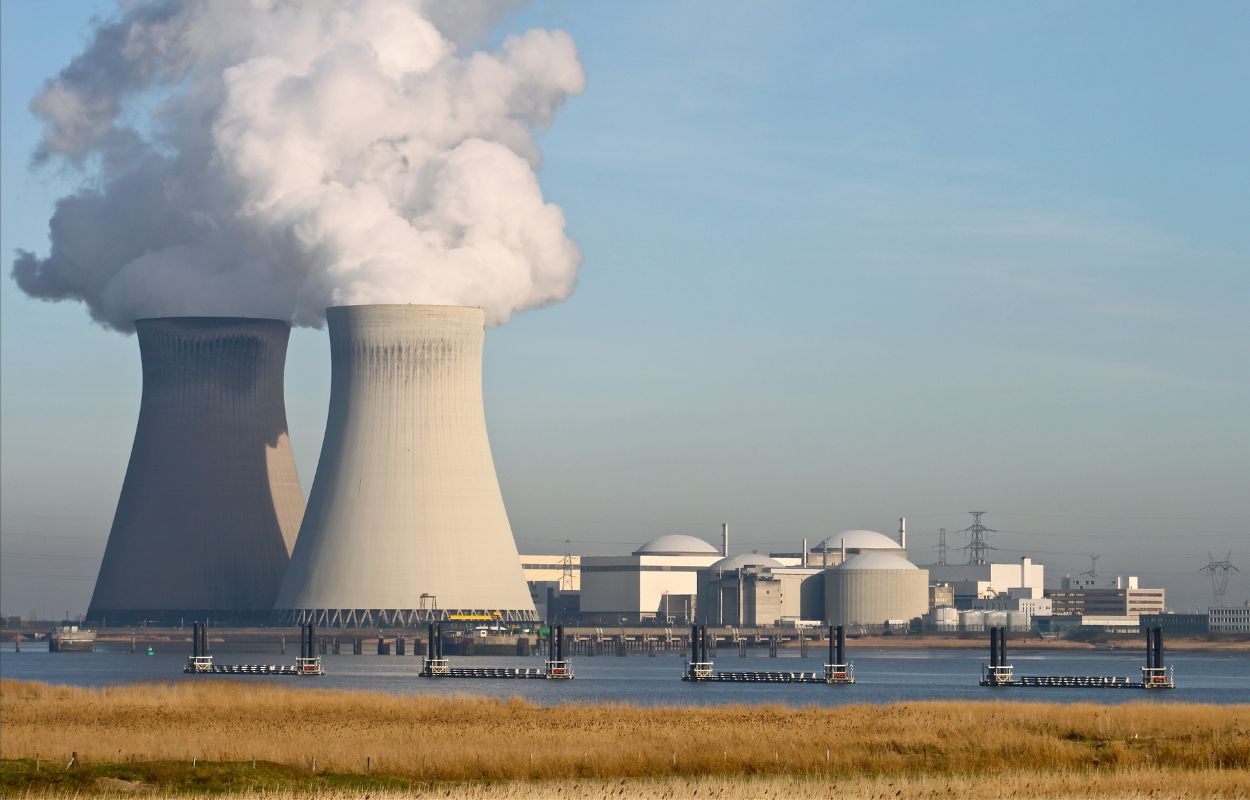Ever heard of the stupidity index?
The cost of raw materials for a nuclear power plant, namely steel and concrete, is small compared to the astronomical price of building one in the Western world. So what’s pushing costs so high?
Well, it’s the bureaucracy, regulation, and supply chain delays that inflate the price. And the gap between the material cost and the final bill? That’s the stupidity index.
And it’s why nuclear projects keep stalling.
Because the truth is, it’s not physics holding nuclear energy back. As Kevin Kong, CEO of Everstar, explains, there’s a common phrase in the industry:
“Nuclear energy isn’t about the physics, it’s about the paperwork.”
Paperwork is expensive. Every inspection, licence update, and site assessment is buried in documentation. And when it comes to the supply chain, countries like the U.S. haven’t built reactors consistently for decades, so there’s been little reason to modernise.
That’s where the so-called nuclear tax comes in. To be used in a nuclear setting, commercially available components and services must be nuclear-qualified, which drives up costs. Pipes, valves, or services that would be affordable elsewhere can end up costing three to four times more in a nuclear project, and as Kevin explains,
“In effect, you’re largely paying for the paperwork that qualifies the safety of a product, not the actual product in itself.”
Paperwork also takes time, and the problem is, time is what we don’t have.
If we’re serious about net zero, nuclear has to be part of the mix. Renewables are vital, but they’re intermittent. And just as there’s pressure to decarbonise the grid, there’s growing demand for AI. AI models require staggering amounts of power, and without more abundant, 24/7 baseload, consumers risk being priced off the grid by data centres. Reflecting this urgency, on May 23, President Trump announced four executive orders to speed up reactor approvals, reform regulation, accelerate testing, and recognise nuclear as critical national infrastructure.
As Kevin puts it:
“The question isn’t can we afford nuclear power. It’s can we afford not to have it?”
Is AI our saving grace?
AI may be straining the grid with unprecedented demand, but it could also be the very tool that helps nuclear scale fast enough to meet it.
Everstar has built Gordian, which Kevin describes as the best Optical Character Recognition program for nuclear. Unlike off-the-shelf models, it can process the industry’s toughest archives: thousands of pages long, full of formatting quirks, sprawling tables, and handwritten notes.
With that foundation, Everstar’s AI can compress workflows that once took 18 to 24 months into minutes. Licensing updates, inspection reports, environmental assessments and site qualifications can be drafted faster, with reasoning traced back to source documents for experts to verify. The same approach can also begin to ease the supply chain bureaucracy that drives up costs through the nuclear tax.
If nuclear can reduce its stupidity index, not by cutting corners but by cutting paperwork, it could finally scale at the pace the energy transition demands.
Because it was never really a physics problem. It was a paperwork problem. And with AI, there may finally be a way through it.
Looking for more insights?
Get exclusive insights from industry leaders, stay up-to-date with the latest news, and explore the cutting-edge tech shaping the sector by subscribing to our newsletter, Commodities Tech Insider.




